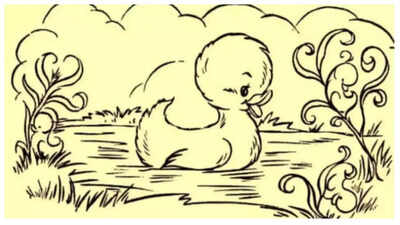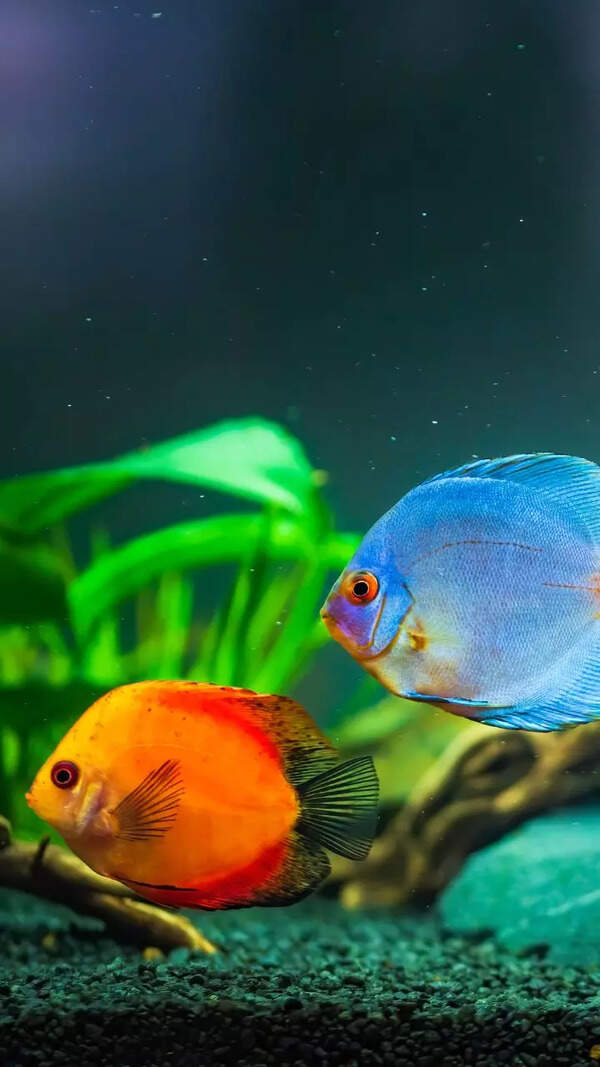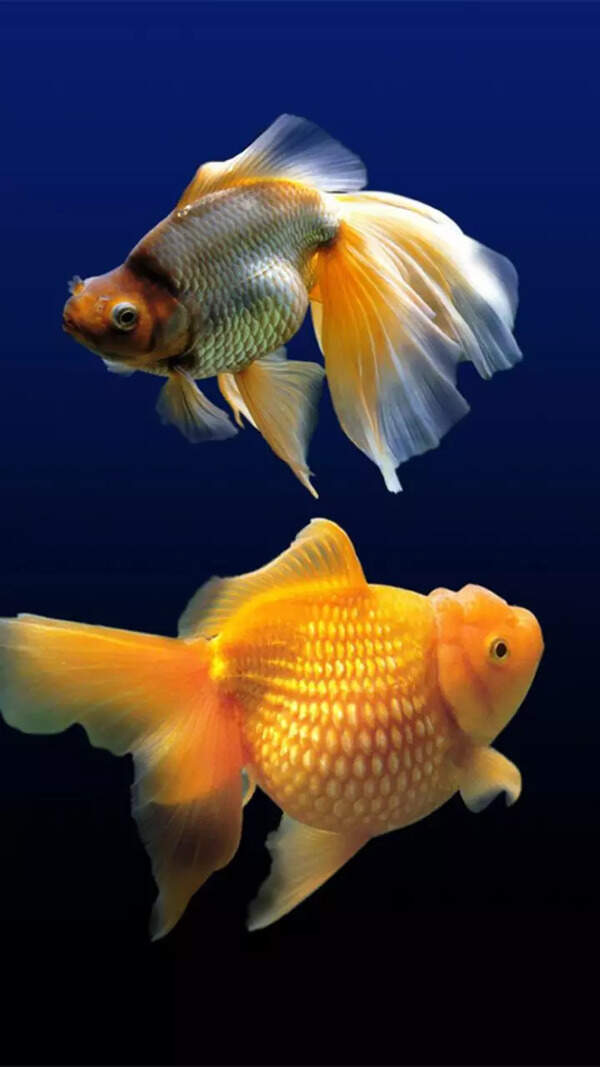- News
- lifestyle
- health-fitness
- de-stress
- Optical illusion: Only a genius can spot all 3 ducklings in this picture in under 10 seconds!
Trending
Optical illusion: Only a genius can spot all 3 ducklings in this picture in under 10 seconds!
In this image, we see a cute duckling, that resembles a plushy toy actually. What seems like a straight forward picture is actually quite deceptive, as there are not one, not two, but 3 ducklings in it. However, the other two are quite tough to spot, as they are hidden somewhere in the background. So, put on your detective glasses and get going. But, remember you just have 10 seconds!
Optical illusions get our brain to exercise, and they are also a way to reveal our innermost personality and hidden traits. An optical illusion is a visual phenomenon where the brain misinterprets what the eyes perceive.It occurs when the information sent by the eyes conflicts with how the brain processes and understands what it sees. These illusions often trick us into seeing things that are not there, or perceiving objects differently from reality. For example, a still image might appear to move, or two shapes may seem unequal in size even though they are identical.Can you identify the two hidden ducklings in this picture?In this image, we see a cute duckling, that resembles a plush toy actually. What seems like a straight forward picture is actually quite deceptive, as there are not one, not two, but 3 ducklings in it. However, the other two are quite tough to spot, as they are hidden somewhere in the background. So, put on your detective glasses and get going. But, remember you just have 10 seconds!10987654321Time's upGive up? Here we have marked out the other two ducklings for you. Take a look...


About the Author
TOI Lifestyle DeskEnd of Article
Follow Us On Social Media
Visual Stories
Tired of too many ads?











